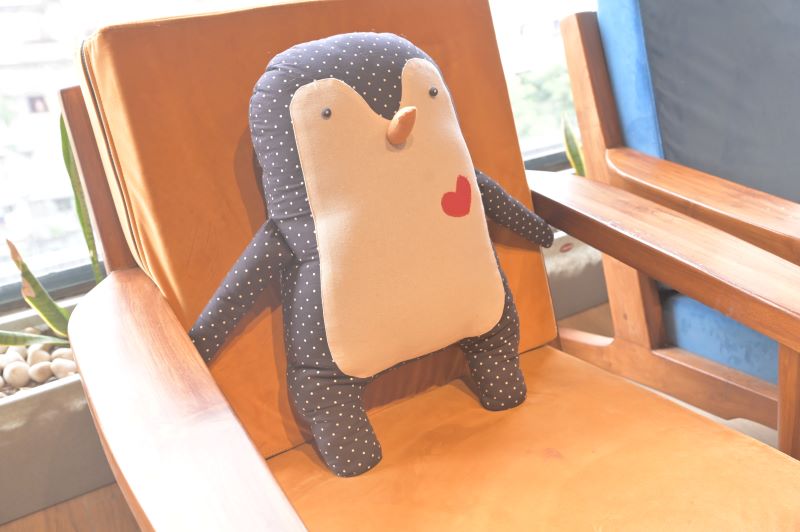
Stuffed animals often hold a special place in a child’s life, serving as some of their very first friends. These cuddly companions play a profound role in children’s growth and development, offering comfort, fostering imagination, and helping them learn essential life skills—all while providing endless fun.
Nurturing Social Skills Through Play
Stuffed animals are more than just toys; they are a child’s introduction to social interaction. By caring for their plush friends, children learn valuable social behaviors like kindness, empathy, and nurturing. For example, a child might pretend to feed, dress, or talk to their toy, which mirrors real-life social interactions. These activities help children understand how to relate to others in their environment.
Adults can further enhance this learning by using stuffed animals in role-play scenarios. Pretend that the toy is experiencing an emotion, like sadness or excitement, and ask the child how they would comfort or celebrate with their furry friend. These exercises make it easier for kids to comprehend emotions and develop problem-solving skills, which are crucial when interacting with people.
Providing Comfort and Security
Stuffed animals are a source of immense comfort and security for children, particularly during uncertain or stressful times. Children are naturally curious, but their exploration needs to be balanced with feelings of safety. A stuffed animal becomes a reliable companion that reassures them during moments of anxiety or fear.
When a child hugs their plush toy tightly, it can provide an immediate sense of relief from stress. The soft texture of the toy’s fur, combined with its familiarity, can calm a child, helping them feel that everything is okay. Over time, the presence of a beloved stuffed animal can become a soothing ritual, offering stability and comfort in various situations, such as bedtime or during doctor visits.
Encouraging Language Development
Stuffed animals also serve as silent but attentive listeners, making them the ideal companions for children developing their language skills. Babies, for example, often babble to their stuffed toys, experimenting with sounds that will eventually form words. This practice strengthens the connection between the movements of their mouths and the sounds they hear.
As toddlers grow, they begin to engage in pretend conversations with their toys. They might create dialogues, leave pauses for the toy’s “response,” and refine their verbal communication in the process. Parents and caregivers can encourage this by role-playing as the stuffed animal, prompting children to express themselves more clearly and confidently.
Sparking Creativity and Imagination
Lastly, stuffed animals are vital in fostering creativity and imagination. These plush friends open the door to imaginary worlds where children solve problems, overcome challenges, and act out adventures. Through imaginative play, children build confidence, strengthen dexterity, and enhance their problem-solving abilities.
While these scenarios occur in make-believe settings, the skills developed during play often translate to real-life situations. For instance, a child pretending to rescue their stuffed toy from an imaginary predicament may later display similar confidence and resourcefulness in the real world.
In essence, stuffed animals are more than simple toys. They are tools for emotional growth, social learning, and imaginative exploration. From comforting a crying baby to inspiring a child’s creativity, these cuddly companions play a vital role in shaping well-rounded individuals.